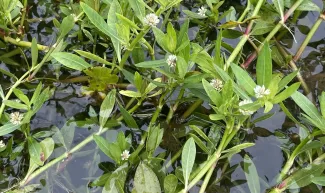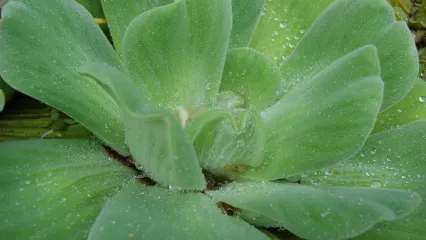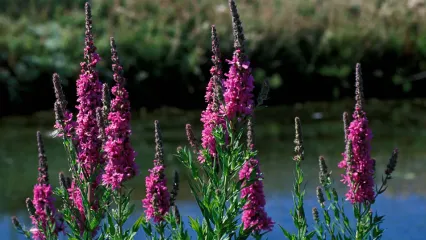
Description
Alligator weed is native to South America but was transferred to the United States through waterways accidentally. It was first reported in Alabama in 1897 and has since spread to many states and been listed as a federally noxious weed.
Was first observed in Oklahoma in 1996 in McClellan, and has since been found in Spring Creek, Pine Creek, Robert S Kerr, and Webbers Falls.
Impacts
Alligator weed grows in thick dense mats along the shoreline of lakes and streams. These dense mats crowd out native species as well as make it difficult for wildlife to access the edge of the water. By preventing native plants from growing, alligator weed removes necessary food sources and shelter for native animals. These dense mats also impede recreational activities such as boating, swimming, and fishing. Alligator weed is easily spread through stems or leaf cuttings that are carried by boat, trailer, and other gear.
Identification Keys
- Commonly found in a sprawling fashion spread across the surface of a body of water
- Stems are pink and hollow and can reach lengths of 1 meter
- Narrow elliptical leaves
- Flowers are small, white in color, have thin petals, and are on stems that extend 4-5 inches from the plant
How To Observe
If you think you have discovered any invasive species contact us at (918) 200-4815 or report online.


